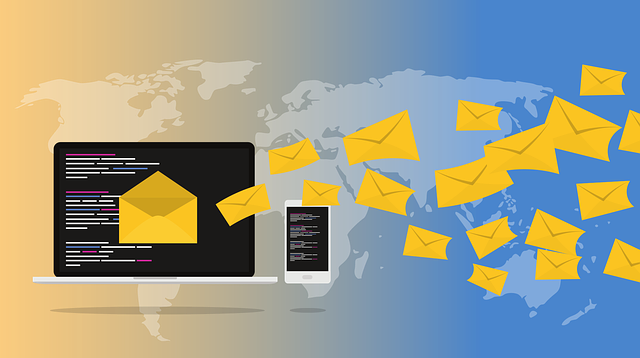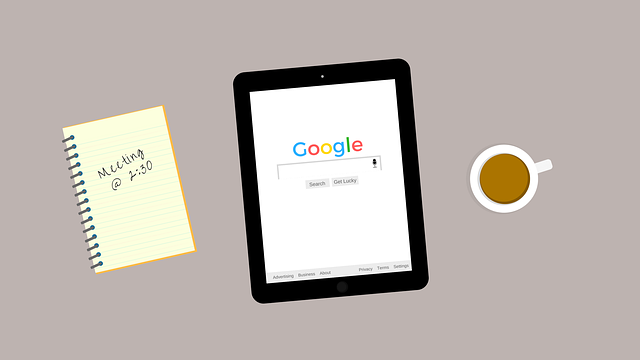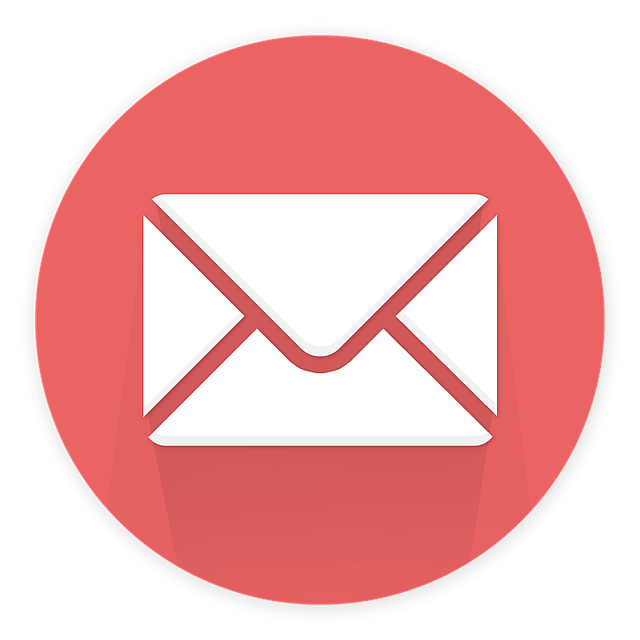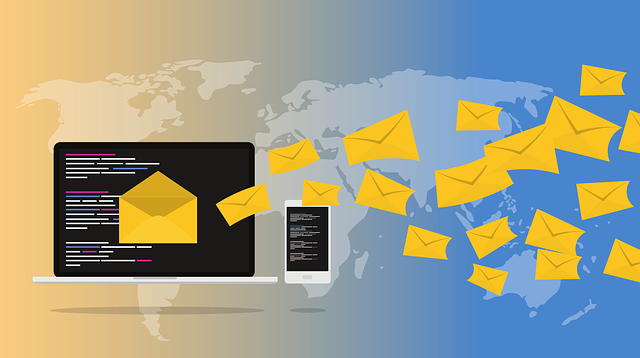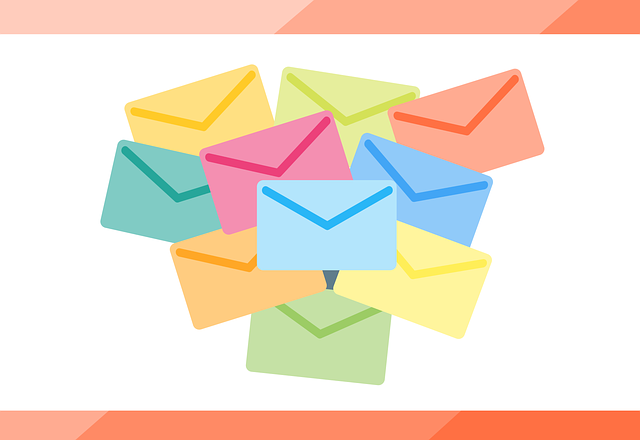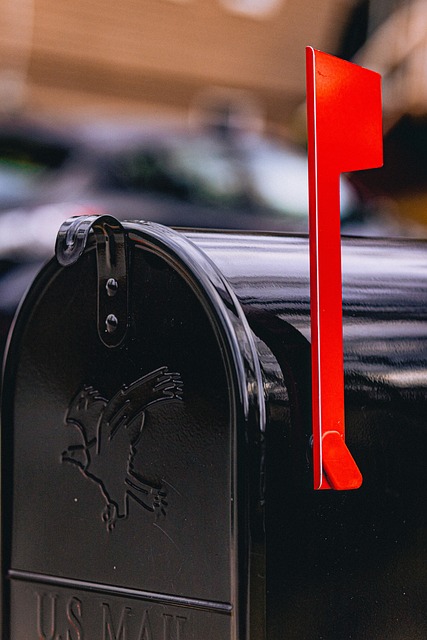You’ve spent countless hours perfecting your product, pouring your heart and soul into its creation. Now, it’s time to unveil it to the world. But how do you ensure that your product launch is a resounding success? The answer lies in the power of email marketing.
Oh yes, email marketing, that old-fashioned tool that some may dismiss as outdated. But let me tell you, my friend, it’s far from being a relic of the past. In fact, when it comes to product launches, email marketing can be your secret weapon, your ultimate checklist for success.
In this article, we will guide you through the intricate dance of email marketing for product launches. From defining your target audience to crafting compelling copy, designing eye-catching templates, and building a quality email list, we’ve got you covered.
We’ll even show you how to schedule and automate your email campaign, and analyze and optimize its performance.
So, get ready to revolutionize your product launch game. Let’s dive into the world of email marketing and create a buzz that will leave your audience eagerly awaiting your grand unveiling.
Key Takeaways
- Defining the target audience is crucial for effective email marketing.
- Compelling email copy should be crafted to resonate with the audience.
- Eye-catching email templates should be designed with visual elements and optimized for mobile devices.
- Analyzing and optimizing email performance is important for maximizing results.
Define Your Target Audience
Before diving into the exciting world of email marketing, it’s crucial to define who exactly your target audience is.
Identifying demographics and segmenting interests are essential steps in this process. By understanding the demographics of your audience, such as their age, gender, location, and income level, you can tailor your email content to resonate with their specific needs and preferences.
Additionally, segmenting interests allows you to group individuals based on their preferences, hobbies, and behaviors, enabling you to create highly targeted and personalized email campaigns. This not only increases the chances of engagement but also enhances the overall customer experience.
By knowing who you are targeting and what they are interested in, you can craft compelling email copy that speaks directly to their desires and pain points, driving them to take action and ultimately leading to a successful product launch.
Craft Compelling Email Copy
Crafting compelling email copy is essential for captivating your audience and driving successful product launches. To truly engage your readers, it’s crucial to use persuasive language that resonates with them.
Incorporating emotional triggers and creating a sense of urgency can make your emails more persuasive and compelling. Personalization techniques, such as addressing recipients by their names and tailoring the content to their preferences, can also enhance the effectiveness of your email copy.
By making your audience feel like you’re speaking directly to them, you can build trust and encourage them to take action.
In the next section, we’ll explore how to design eye-catching email templates that will further enhance your email marketing efforts.
Design Eye-Catching Email Templates
Are you looking to design eye-catching email templates that’ll captivate your audience and drive engagement?
One key point to remember is to use visual elements such as images, graphics, and colors to enhance the overall appeal of your emails.
By optimizing your templates for mobile devices, you can ensure that your emails look great on any screen size, reaching a wider audience.
And don’t forget to include clear and compelling call-to-action buttons that’ll prompt your readers to take the desired action, whether it’s making a purchase or signing up for a webinar.
Start creating stunning email templates that’ll leave a lasting impression on your subscribers.
Use Visual Elements to Enhance Engagement
Add eye-catching images and vibrant graphics to your email campaigns to captivate your audience and transport them into a world of visual excitement.
Visual storytelling is a powerful tool that can convey your message in a compelling and engaging way.
Use infographics to present information in a visually appealing format, making it easier for your audience to understand and remember.
Incorporate GIFs to bring your emails to life and create a sense of excitement and dynamism. These animated images can grab attention and make your emails stand out in a crowded inbox.
Don’t forget to optimize your visuals for mobile devices to ensure that your audience can enjoy your stunning graphics on any screen.
Transition seamlessly into the next section by considering how your visuals will look on mobile devices.
Optimize for Mobile Devices
Ensure that your visuals look stunning and captivating on any screen by optimizing them for mobile devices, as statistics show that 67% of email opens occur on smartphones and tablets. Mobile responsiveness is crucial in email marketing for product launches, as it ensures that your audience can easily engage with your content no matter what device they are using. To achieve this, it’s important to design your visuals with mobile devices in mind, using responsive design techniques and testing them across various screen sizes. A/B testing can also help you determine which visual elements and layouts work best on mobile devices, allowing you to refine your approach and maximize engagement. Incorporate clear call-to-action buttons in your visuals to guide recipients towards taking the desired action.
Now that you have optimized your visuals for mobile devices, it’s time to focus on including clear call-to-action buttons in your email marketing campaigns.
Include Clear Call-to-Action Buttons
Make sure your audience can easily take action by including clear call-to-action buttons in your visuals. Button placement is crucial when it comes to driving conversions in your email marketing campaigns.
Strategically position your call-to-action buttons in a way that is easily noticeable and accessible to your readers. Experiment with different placements through A/B testing to determine the most effective position for your buttons.
Remember, the goal is to make it as effortless as possible for your audience to click and take action. A well-designed button that stands out and is placed strategically can significantly increase the click-through rate and drive more traffic to your product launch.
Once you have optimized your visuals with clear call-to-action buttons, it’s time to focus on building a quality email list.
Build a Quality Email List
Maximize your reach and boost your chances of success by focusing on building a quality email list that is both targeted and engaged. To achieve this, implement effective email segmentation techniques and strategies for email list growth.
Segmenting your email list allows you to tailor your messages to specific groups of subscribers based on their interests, demographics, or previous interactions. This customization ensures that your emails resonate with recipients, increasing the likelihood of engagement and conversions.
Additionally, employ strategies for email list growth, such as offering valuable incentives, optimizing your website for email sign-ups, and leveraging social media to attract new subscribers. By consistently building a quality email list, you create a solid foundation for your product launch campaign.
Now, let’s dive into the next step: schedule and automate your email campaign.
Schedule and Automate Your Email Campaign
Streamline your workflow and save time by automating the scheduling and delivery of your email campaign. With automated scheduling, you can set specific dates and times for your emails to be sent, ensuring that your audience receives them at the most optimal times. This not only increases the chances of your emails being opened and read but also allows you to focus on other important tasks. Additionally, automation allows for email personalization, where you can customize your messages based on your subscribers’ preferences and behaviors. This level of personalization creates a stronger connection with your audience and increases the likelihood of conversion. To help you visualize your email campaign schedule, here is a table that outlines the key steps and timing:
| Step | Timing |
|---|---|
| Welcome Email | Immediately |
| Product Sneak Peek | 2 weeks before launch |
| Pre-order Reminder | 1 week before launch |
| Launch Announcement | Launch day |
| Follow-up Email | 1 week after launch |
By automating your email campaign, you can ensure a timely and personalized experience for your subscribers. However, it’s equally important to analyze and optimize your email performance to maximize your results. [Transition sentence into the subsequent section: Now that you have automated your email campaign, let’s dive into how you can analyze and optimize your email performance to further enhance your product launch strategy.]
Analyze and Optimize Your Email Performance
To truly elevate your email campaign strategy, you’ll want to delve into the analysis and optimization of your email performance. This involves investigating the truth of theories and uncovering valuable insights.
Email analytics is the key to understanding how well your emails are performing and identifying areas for improvement. By tracking metrics such as open rates, click-through rates, and conversion rates, you can gain valuable insights into what resonates with your audience and what doesn’t.
A/B testing is another powerful tool that allows you to experiment with different email elements, such as subject lines, call-to-action buttons, or visuals, to see which version performs better.
By continuously analyzing and optimizing your email performance, you can ensure that your product launch emails are engaging, persuasive, and ultimately drive the desired action from your audience.
Frequently Asked Questions
How can I track the success of my email marketing campaign?
To track the success of your email marketing campaign, you can utilize email analytics and conversion tracking. Email analytics provide valuable insights into open rates, click-through rates, and engagement levels. This allows you to gauge the effectiveness of your campaign.
Conversion tracking helps you measure the number of recipients who took the desired action, such as making a purchase or signing up for a service. By leveraging these tools, you can make data-driven decisions to optimize your campaign and maximize your success.
What are some effective strategies for building an engaged email list?
Imagine having an engaged email list that eagerly awaits your every message. To achieve this, employ smart segmentation techniques to deliver personalized content that resonates with your subscribers. By tailoring your emails to specific groups based on demographics, behavior, or preferences, you’ll foster deeper connections and higher engagement.
Additionally, implement lead magnet strategies like offering valuable resources or exclusive discounts to entice visitors to join your list. These powerful tactics will ensure your email list is not only large but also actively engaged.
How can I personalize my email content to better resonate with my target audience?
To better resonate with your target audience, use personalization techniques and target audience segmentation.
Start by gathering data on your subscribers, such as their demographics, interests, and past interactions.
Then, create different email segments based on this information.
Craft personalized content that speaks directly to each segment’s needs and desires.
Use dynamic content and merge tags to insert personalized elements like their name, location, or previous purchases.
By tailoring your emails to their specific preferences, you’ll engage your audience on a deeper level and increase the chances of conversion.
What are some best practices for designing mobile-friendly email templates?
When it comes to designing mobile-friendly email templates, the key is to prioritize responsive design and email optimization. These practices ensure that your emails adapt seamlessly to different screen sizes and devices, providing a consistent and user-friendly experience.
By utilizing responsive design techniques, you can create templates that automatically adjust layout, font sizes, and image sizes. This not only enhances the visual appeal of your emails but also improves readability and engagement with your target audience.
How often should I send emails to my subscribers during a product launch?
To maximize subscriber engagement during a product launch, it’s crucial to strike the right balance with email frequency. Bombarding your subscribers with daily emails may lead to annoyance and unsubscribes. Instead, aim for a strategic approach.
Consider sending emails bi-weekly or weekly, providing valuable updates, exclusive sneak peeks, and limited-time offers. By creating anticipation and maintaining a sense of exclusivity, you’ll keep your subscribers engaged and eager for more.
Remember, it’s about quality over quantity when it comes to email frequency during a product launch.
Conclusion
Congratulations! You’ve reached the end of the ultimate checklist for email marketing for product launches. By following these steps, you’re well on your way to a successful launch that will captivate your target audience.
Remember, every email you send is an opportunity to connect with your customers and drive them to take action. And here’s an interesting statistic to leave you with: Did you know that businesses that use email marketing see an average return on investment of 4,400%?
So go ahead, unleash the power of email marketing and watch your product launch soar to new heights!

